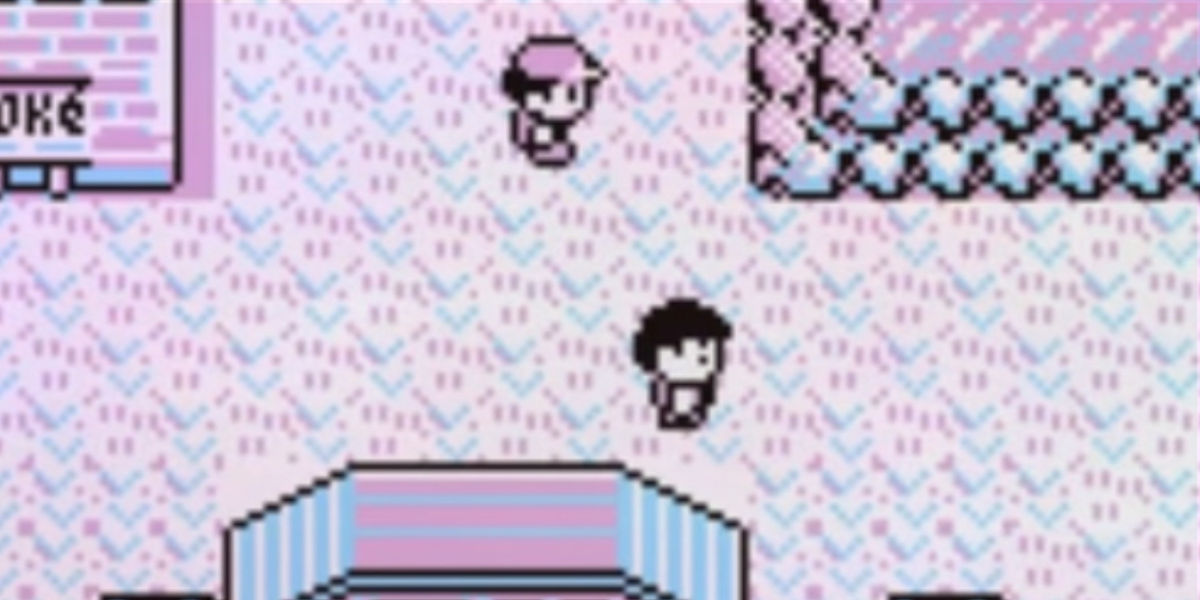If you've ever delved deep into the world of the spooky side of the internet, you've undoubtedly stumbled upon some genuinely hair-raising stories. Sometimes these tales are purely fictitious, intending only to put a little scare into their reader. But in certain instances, these tales hold a nugget of truth, blurred by the fog of internet myth spreading. A prime example?
The infamous Pokemon's Lavender Town Syndrome. Browsing through various forums and online communities, you'll be mesmerized by the creepy facts about Pokemon that are downright horrifying and makes you question, 'Is the Lavender Town Syndrome from Pokemon real?'
The Haunting Melody of Lavender Town
The Game Boy sensation, Pokemon, took the world by storm in the late 1990s and early 2000s. With its simplistic gameplay, adorable pocket monsters, and a plethora of exciting adventures, Pokemon Red and Green quickly became childhood nostalgia for many. But tucked within its bright pixels was a dark shadow that still sends chills to many gamers - the Lavender Town.
But what exactly haunts this seemingly unthreatening Game Boy game? And why has it toppled as one of the creepy facts about Pokemon? The hauntingly eerie 8-bit music that plays once you enter the town. Lavender Town is depicted as a small village filled with graves to honor deceased Pokemon, immediately setting an unnerving tone.
As players explored these graves, they were met with a jarringly creepy melody in the background, a marked difference from the regular cheerful music they'd grown accustomed to in the game. But, according to internet legend, it wasn't merely an eerie soundtrack. The Lavender Town melody allegedly drove children to severe discomfort and even provoked suicides in Japan, giving birth to the infamous term - Pokemon's Lavender Town Syndrome.
CreepyPasta Gives Life to the Myth
CreepyPasta, the internet's home for spooky stories and urban legends, soon picked up the tale, making Pokemon's Lavender Town Syndrome a common topic among horror-loving netizens. According to the narrative, the original music for Lavender Town contained certain frequencies that only young children, with their sensitive hearing, could pick up. Supposedly, these distressing frequencies led to a wave of child suicides in Japan shortly after the game's release, creating panic and confusion among parents and causing the game's creators to swiftly change the music in future editions.
The story snowballed in the online horror community, with many adding layers to the tale, each more spine-chilling than the last. While skeptics were quick to dismiss the legend as just another unsubstantiated internet myth, believers stood their ground, leading one to wonder - 'Is the Lavender Town Syndrome from Pokemon real?'.
Let us delve deeper into this convoluted tale of creepy facts about Pokemon, separating the myth from the truth and bringing you the real insight into Pokemon's infamous Lavender Town Syndrome.
Behind The Spine-Chilling Music
The story of "Lavender Town Syndrome" primarily circulates around the spooky music that players hear while visiting Lavender Town, a gloomy village from Pokemon Red and Green. Shortly after the game's release, an alarming number of children reportedly experienced severe headaches, insomnia, and in the most extreme cases, self-harm. This was attributed to the high frequencies used in the town's theme music, specifically composed for the game. These frequencies were apparently only detectable by the young, developing ears of children.
Much like the expression "a good piece of music touches the soul," Lavender Town's theme was reported to have this effect, albeit in a disturbing and negative manner. The question that arises, though, is how valid is this urban legend? Did spindly notes and high frequencies affect the mental health of the 90s kids, or does this theory lurk deeper in the darkness of internet folklore?
Facts or Fables?
Despite the numerous stories and reports found online, there's no concrete evidence to back up these claims. The 'Lavender Town Syndrome' remains an urban legend, built primarily on anecdotal evidence. Various sources published the accounts of Japanese children affected by the syndrome; nevertheless, none of these have been verified. Moreover, leading experts dismiss the supposed Lavender Town frequencies as harmless, stating that they are incapable of causing the alleged psychological effects.
Pokemon & Our Psychic
What cannot be undermined, however, is the deep impact the game Pokemon has had on its fans worldwide. It's not uncommon for players to develop a strong emotional attachment to the game. Beyond catching, evolving, and battling these virtual creatures, players built unique bonds with their Pokemon. So, Lavender Town, being a location associated with the demise of these digital creatures, may naturally instigate a higher sense of sadness or fear.
The dark narrative of the town combined with its haunting music creates an intense atmosphere that could lead to unease, especially in younger players. However, linking this with severe psychological distress seems implausible and more towards horror-fueled speculation.
Conclusion: The Confluence of Fear and Fascination
'Lavender Town Syndrome', however eerie, remains a part and parcel of the gaming world's urban legends. What is real, though, is the fascination and bittersweet impact that Pokemon Red and Green had on their fervent players. The era of the internet has been a breeding ground for such myths, often blurring the line between fact and fiction. These stories, while captivatingly creepy, resonate with our propensity for the eerie, demonstrating our intricate relationship with fear.




